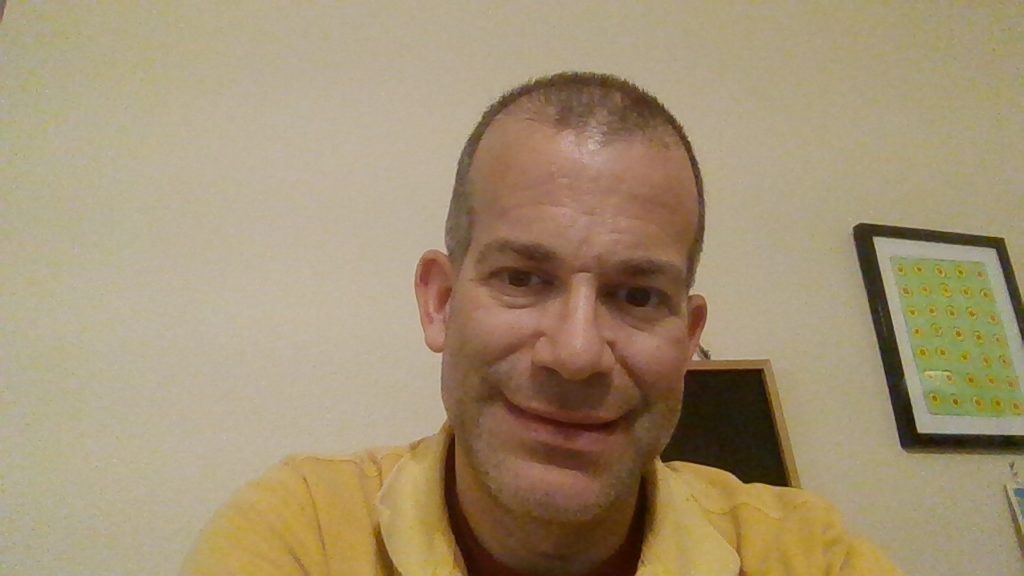Most of my blog posts are prompted by Streetsblog comments. Something written down catches my eye and I start cogitating on it. Once in a while I can extract a new post from the thinking I do; often times it just reduces down to one of the messages I’ve already identified. I see no need to write a new post about the same thing every time it catches my eye.
Several regular commenters this week have been discussing transportation mode share (the proportion of trips made by car, transit, bike, or foot), and how to change New York City’s mode share to increase bike and foot traffic. I support this goal and read posts and comments on the subject eagerly. The advantage of mode share over other frequently discussed goals is that mode share is quantitative; it can be measured. Setting quantitative goals is, I feel, a positive, because I see the drawback of qualitative goals to be in their expansion citywide. Many people, I have indicated, suffer from subjective worldview, where they are chiefly concerned with their own circumstances or their own ride to work. It’s not debilitating, but it does make open discussion difficult as the subjective worldview holder cannot compromise on goals; progress out of sight is not progress to these advocates. So choosing as a goal to increase bike-walk mode share has the benefit of being widely desirable without prescriptively suggesting which interventions go where.
The discussion about mode share (and here) soon starts to drift away from the goal and instead boomerangs back to the qualitative style, where advocates tout their favorite interventions and their likelihood to increase bike-walk mode share.
My takeaway from the discussion is this: our contribution as internet commenters is pretty much limited to a laundry list of interventions that should, one hopes, result in the desired change. But the interventions are more tangible and more desirable than the change itself. We all have one-track minds, racing from the present to a future cycling nirvana along a predetermined course.
But if I have one goal in this series of bicycle-related posts, it’s to herald that there is more than one way to get to nirvana, and concomitantly, to suggest that slavishly copying what works in other places may not be the best way to get to nirvana here. New York today is nothing like Amsterdam 50 years ago, so it’s unlikely that New Yorkers doing what was done in Amsterdam 50 years ago would naturally win for us the Amsterdam of 2016 as our future of 2066. And additionally, who knows tomorrow? Is the Amsterdam cycling boom of today actually durable, or in 2066 will it be the Dutch who are copping ideas on bicycle urbanism from the New York of the teens?
For this reason I appreciate Steven Fleming and his Velotopia, which serves as a convenient outer bound to scoping efforts in service of a better world for bicycling. If we really wanted to make New York a bicycling city, I like to say, we would fill in the East River. I don’t actually anticipate this happening, which is helpful, as conceding that a certain goal is unattainable is the first step to generating actually attainable goals.
So here are some questions: would common-and-garden urbanist interventions improve bike-walk mode share, are these interventions actually attainable, and are there other interventions that might also improve bike-walk mode share?
It’s a truth about statistics that bringing up the lagging indicators makes the biggest change to the overall figure. Conversely, improving the areas where indicators are most positive makes little difference. This fact suggests addressing the least-urban parts of New York City first, before trying to improve the most urban. It also suggests that if the most urban parts of New York (Manhattan, downtown Brooklyn, the Bronx south of Fordham Road) were judged separately from the suburban parts, the bike-walk mode share would be quite impressive. And most importantly of all, it’s the built environment that determines how people get around it.
My direct experience with suburban New York City is in northeastern Queens (Whitestone and Bayside), a suburban landscape with single family homes on small lots. Business districts are low-rise and stretch only a block or two. Downtown Flushing, however, is more built up, with newly erected 10+ story towers dominating the landscape. In Whitestone and Bayside, I see parents driving their kids to the bus stop and multiple cars parked in front of the houses. If families are looking for good schools, easy commutes to Long Island, Westchester and Connecticut, and yard space, Bayside and Whitestone seem like good options. The urbanist plan would be to develop more densely around the train stations, with multifamily apartment buildings, but this concept is not keyed into increasing bike-walk mode share, as that part of Queens is more than 10 miles away from midtown Manhattan, a little far to bike. It’s a good concept, but it is not going to increase bike-walk mode share.
Note also that traditional dei-ex-machina solutions to increasing bike-walk mode share, e.g. sudden rise in oil prices, end of subsidies for motoring, have the effect of lowering house prices in suburban neighborhoods, which then makes them more desirable for people who can’t bike, walk, or subway to work and need places to store motor vehicles.

